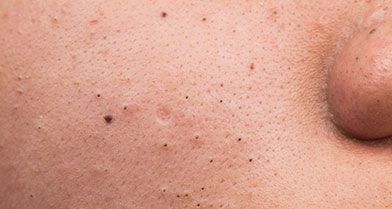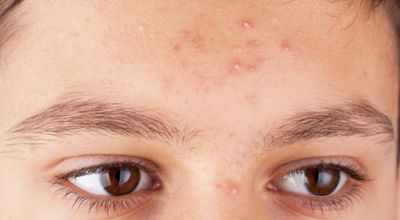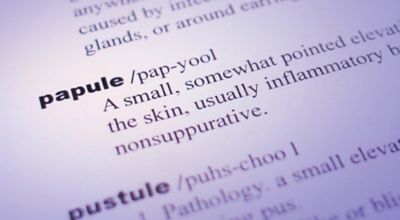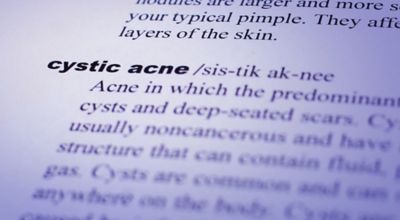Understanding the different types of acne
Are you struggling with acne? You’re not alone. In fact, acne is one of the most widespread skin disorders. In fact, more than 90% of the world’s population experiences some type of acne during their life. While there are different types of acne, the condition as a whole is characterized as a chronic, inflammatory disease that affects the sebaceous glands, which are responsible for producing sebum, our skin’s natural oil. But in people with acne, those sebaceous glands work overtime and produce too much sebum.
There are several different types of acne, including blackheads, whiteheads, papules, pustules, nodular, and cystic acne. Let’s take a closer look at these different types of acne and their causes.
Blackheads
These pesky black spots are a type of comedo, caused by open pores that become plugged with oil and dead skin cells that have turned black. Most people think this black gunk is dirt, but it actually has nothing to do with cleanliness. This combination of dead cells and oil turns black when it reacts to oxygen, a process called oxidation.
Blackheads can appear anywhere on your face and body where there are hair follicles (what you probably call pores), including your face, neck, chest, back, arms, and shoulders. Along with papules, pustules, and whiteheads, blackheads are among the most common types of acne and can be treated with a proper skincare routine.
Whiteheads
Whiteheads are another form of comedo, but in this case, the dead skin cells and oil are trapped underneath a thin layer of skin. Since air can’t enter the hair follicle, that gunk won’t oxidize, so it remains white. Aside from that, whiteheads are nearly identical to blackheads — they’re extremely common, can appear anywhere on the face and body, and can be treated with the right products.
Papules and Pustules
Papules and pustules are blackheads and whiteheads that have become red and inflamed because they’ve been invaded by acne-causing bacteria, called p. Acnes. Papules are characterized as small, red, raised bumps that are typically painful. That pain is because bacteria has entered the area and caused an infection. Depending on the number of papules that are on your skin, papular acne can be classified as either mild, moderate, or severe.
Pustules, on the other hand, are defined as small yellow or white spots (that’s the pus), surrounded by a swollen ring of red, inflamed skin. For that reason, pustular acne is also classified as inflammatory acne. Papules and pustules go hand-in-hand, so it’s not uncommon to see one with the other. When it comes to treating this time of inflamed acne, more robust products with the right bacteria-fighting ingredients can make a big difference.
Nodular and Cystic Acne
Nodular acne appears as larger lesions that are deep within the dermis, which is the second layer of your skin. This makes nodules extremely painful and challenging to treat, especially because they rarely come to the surface of your skin. Cystic acne, which also develops deep within the skin, is more prevalent in teens and women due to fluctuating hormones, but all skin types and sexes can have cystic acne.
Both nodular and cystic acne are considered severe, and for this reason, should be treated by a dermatologist.
Whether you’re merely trying to get rid of occasional blackheads and whiteheads or you’ve got more papules and pustules to treat, you’ll find a range of acne solutions within the proactiv family of products. From our original Proactiv Solution three-step system to our advanced, prescription-strength formulas, we’ve got you covered.








